“Where the Wild Things Are” might not be a movie for children so much as a movie about childhood. It’s not the yucks-a-plenty Disney drivel that children have come to know and love, but it is unrelentingly beautiful, well-made and well-acted (more than can be said for most kids’ movies and plenty of adult ones), and honest to the experience of childhood.
Unlike a lot of escapist media created for children by adults, “Where the Wild Things Are” is fair in its representation of the struggles of childhood. To those who loved the movie, the message is clear by the end: nothing is perfect, and that’s okay. It would have been easy to paint Max’s family as cruel or the land he travels to as carefree, but director Spike Jonze does neither of these, instead staying true to a real world that lacks bad guys and easy ways out.
Starring relative unknown Max Records as Max––a rare find among child actors as not simply bearable but good––and Catherine Keener as his mother, the human performers of “Wild Things” bring enough to the table to be memorable but leave enough unsaid to give viewers the feeling of a shared experience rather than a presented one. Proven greats James Gandolfini, Chris Cooper, Forest Whitaker, Catherine O’Hara, Lauren Ambrose, and Paul Dano also star as the monsters, each perfectly inhabiting their wild thing’s persona, each representing a different aspect of Max’s juvenile psyche.
Jonze’s adaptation of the classic Maurice Sendak picture book was stuck in development hell for years, long considered unfilmable and even recently plagued by rumors of re-shoots. Filmgoers, however, should rejoice that it took the 1963 book this long to make its way to the screen, because the film’s technical achievements alone make it worth seeing. The seamless integration of animatronics, giant monster suits, and CGI evoke the sense that the wild things are really there––they have mass and presence in relation to Max, something they wouldn’t have had if they had been purely computer-generated, but their faces show emotion like true thespians thanks to the computer generated imagery.
In addition to the creatures themselves, the landscape they inhabit is sublime and the cinematography serves to enhance it. Everywhere the characters visit is a place that could exist anywhere––a forest, a desert, a seaside cliff––but it is the mundane beauty, shaky, handheld camerawork, and endearing-if-affected original score by Karen O of “Yeah Yeah Yeahs” fame that lends the film its sense of homespun awe. Overdone cartoon landscapes would not have suited the realistic approach to childhood fantasy taken by this movie.
When questioned about concerns that the movie might be too scary for young audiences, Maurice Sendak replied: “Too bad.” I don’t know if “Where the Wild Things Are” is a movie for the same audience as the book though; I just don’t know how much ten-year-olds want to see a movie about what it’s like to be a ten-year-old. It has some dignified slapstick and humor accessible to schoolchildren, but I have a feeling much of the significance would go over the average fifth-grader’s head. If you’re old enough to be nostalgic though, “Wild Things” is just about the best movie to bring back memories of a treasured book and memories of what childhood was actually like.




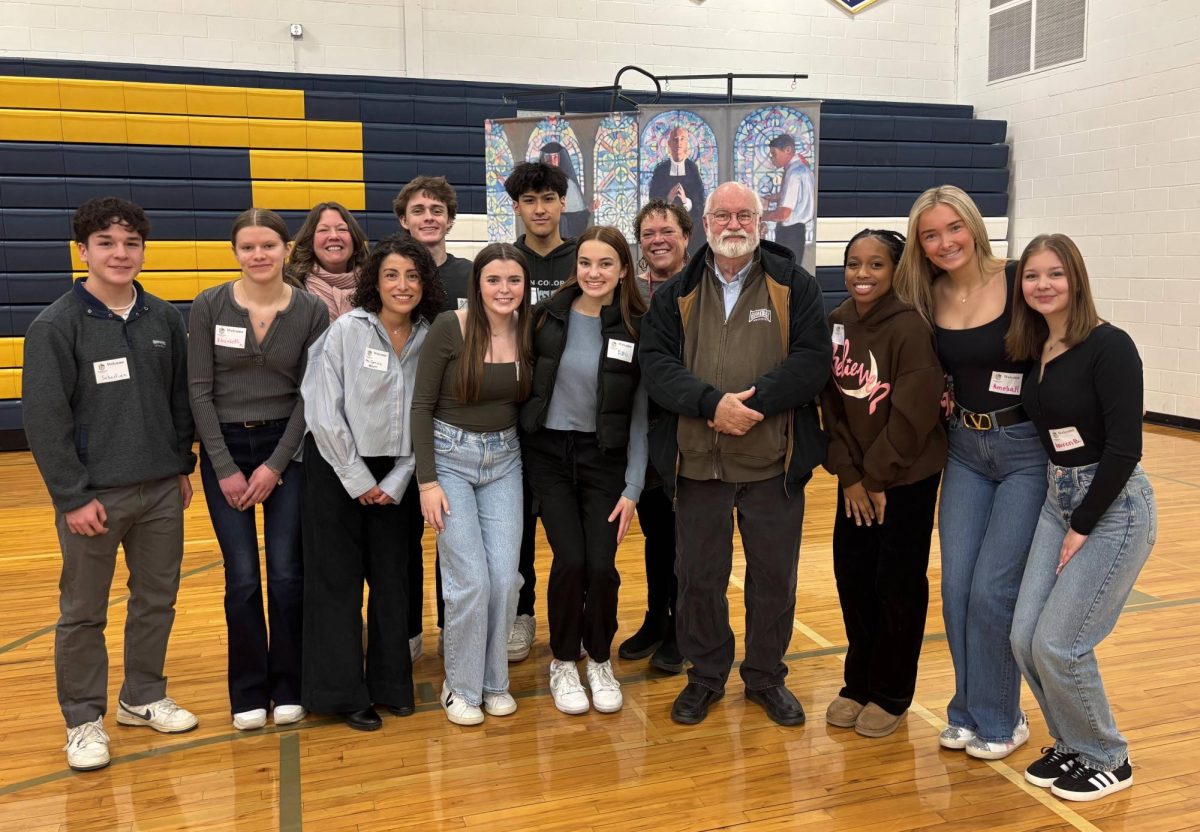
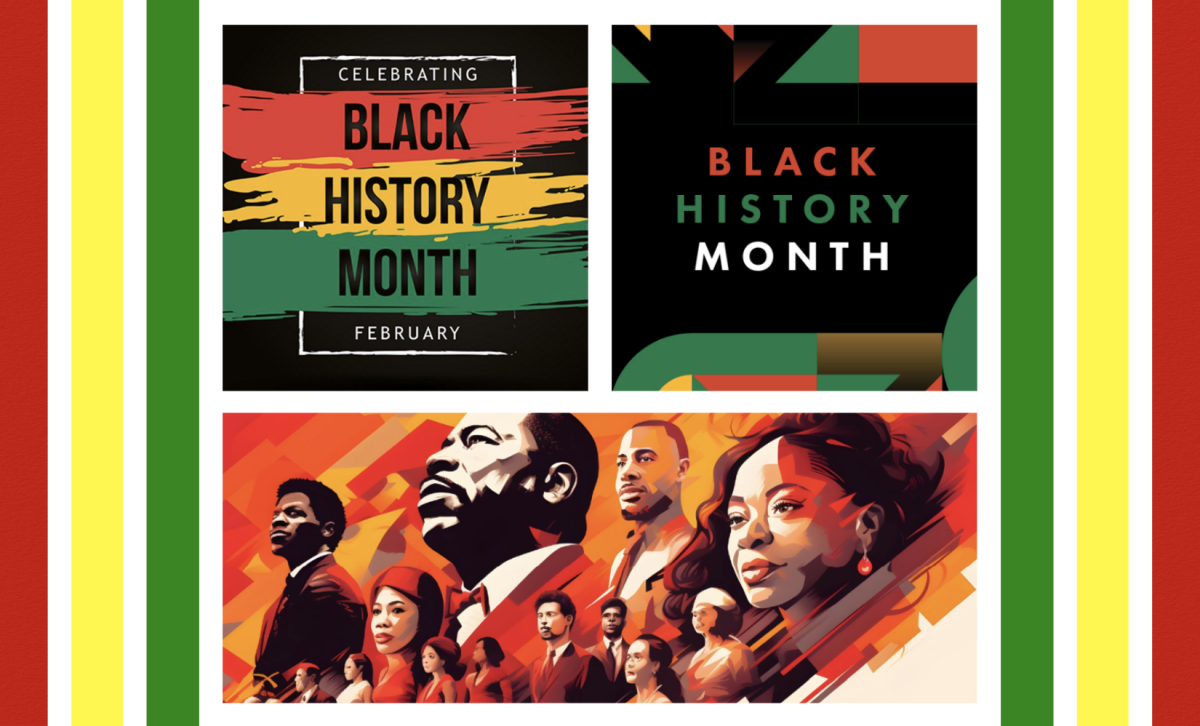


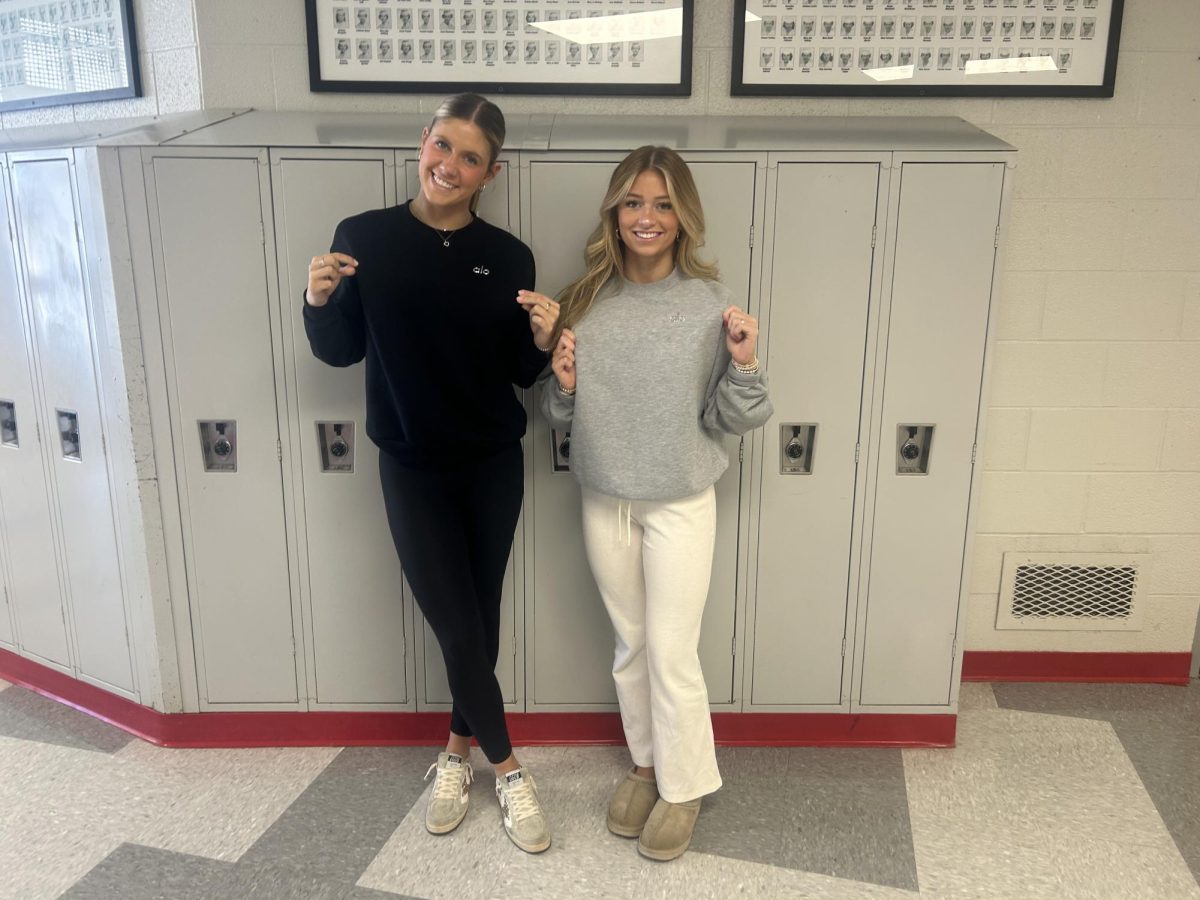
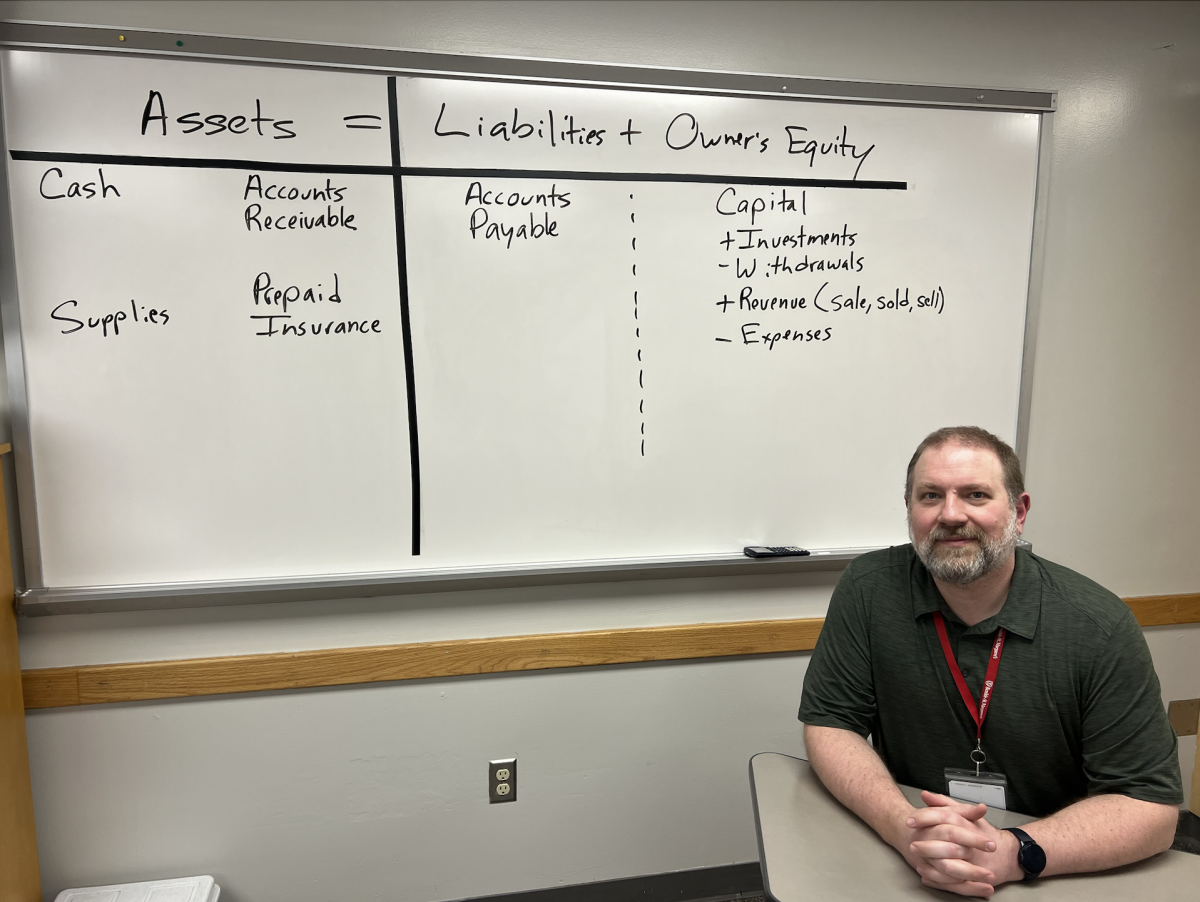
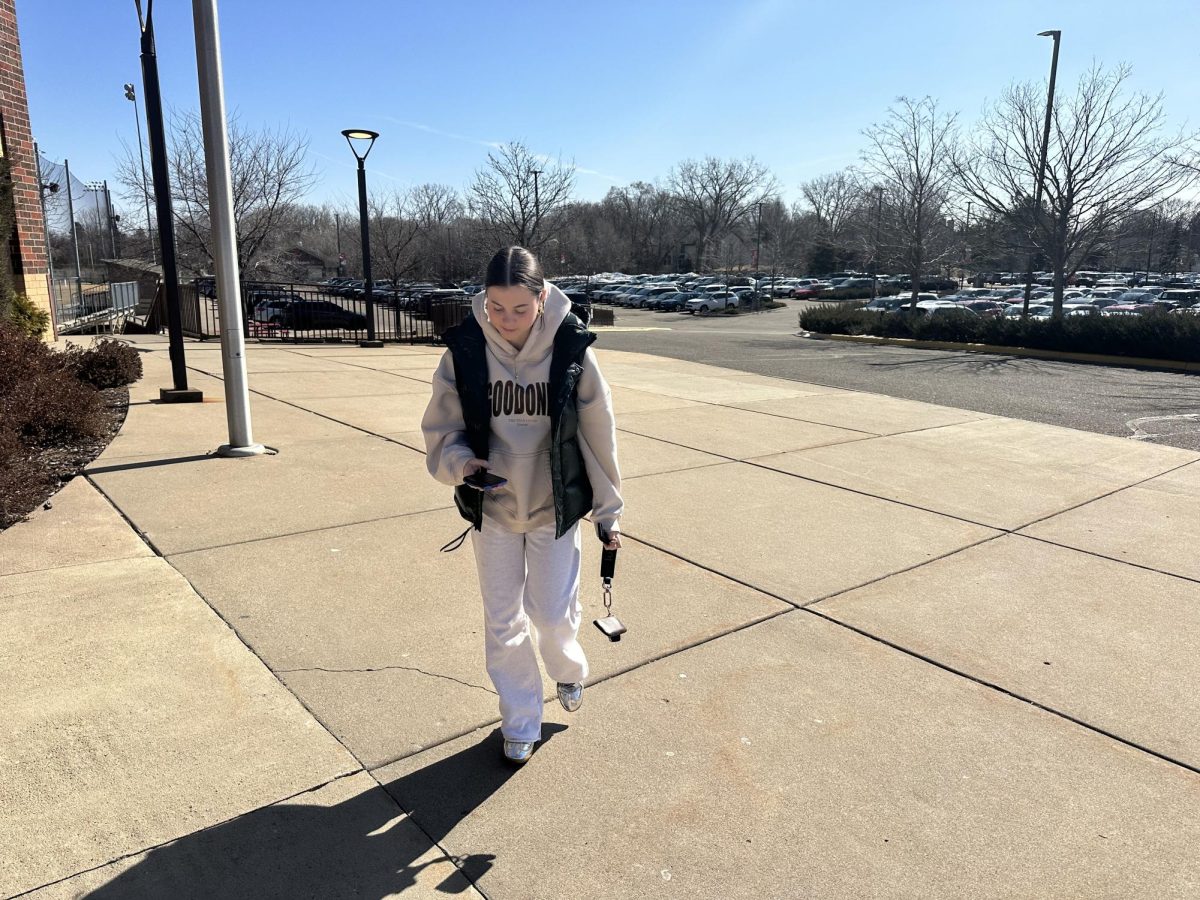


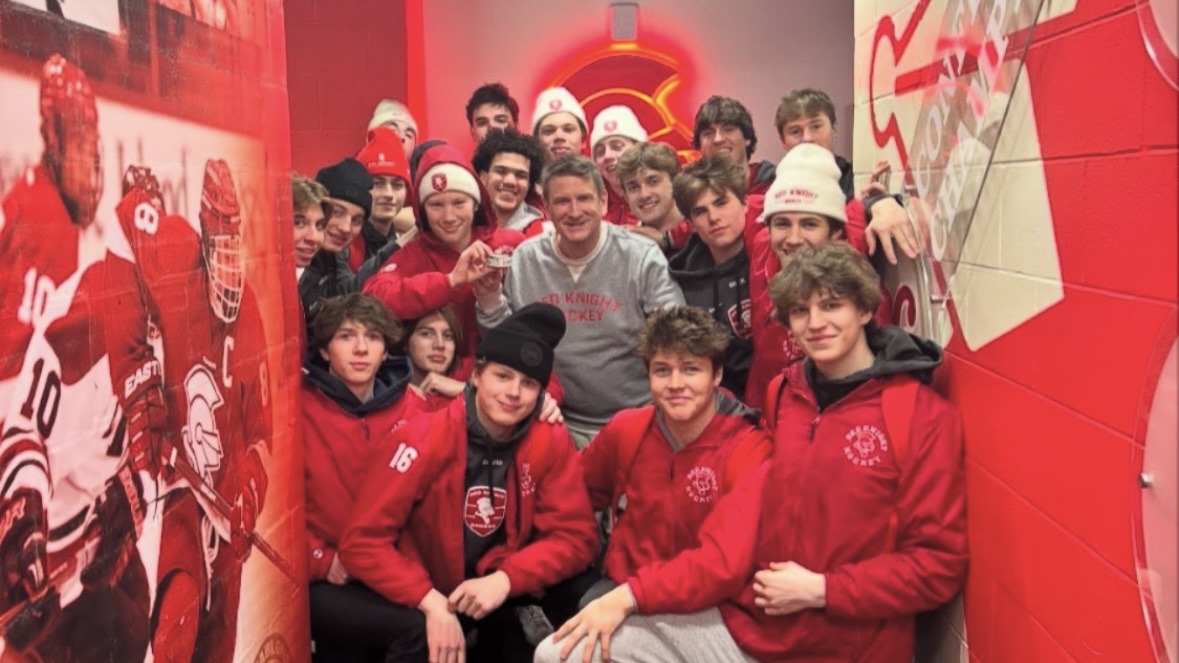

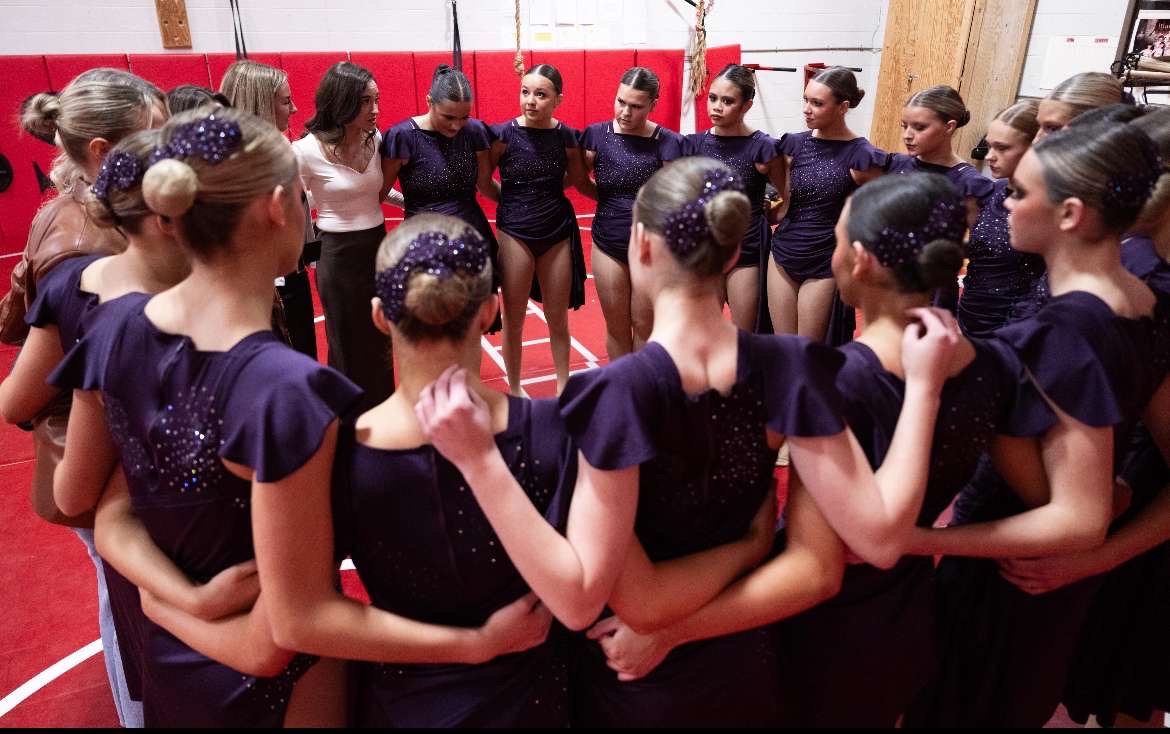


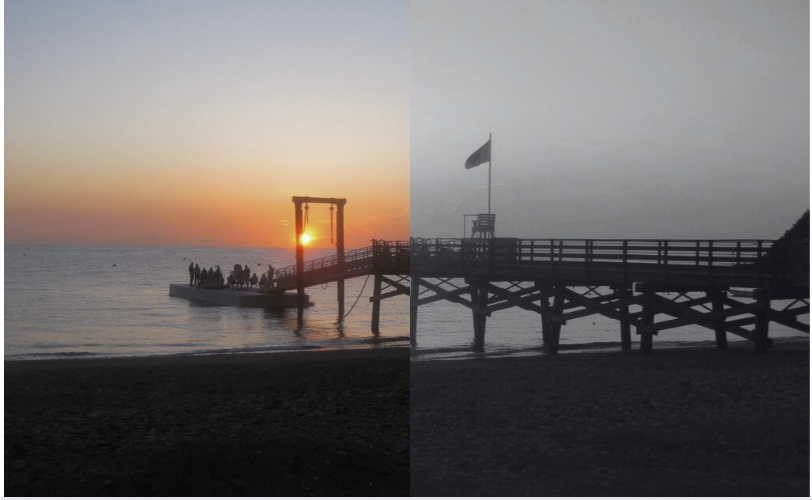


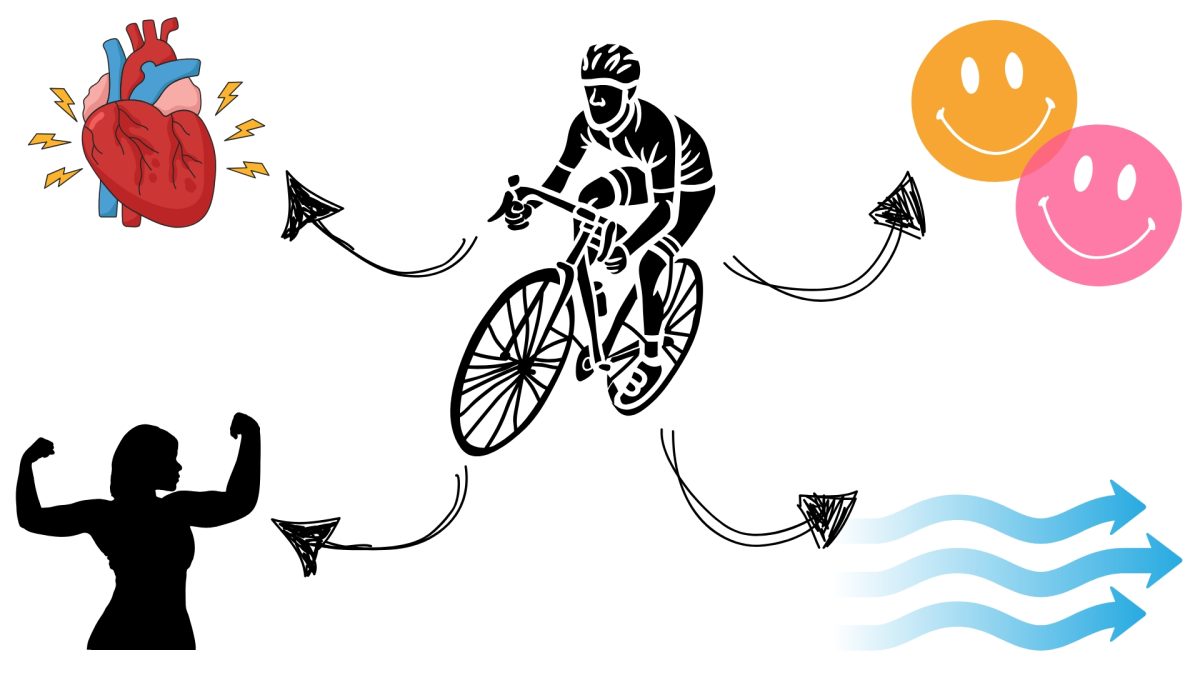



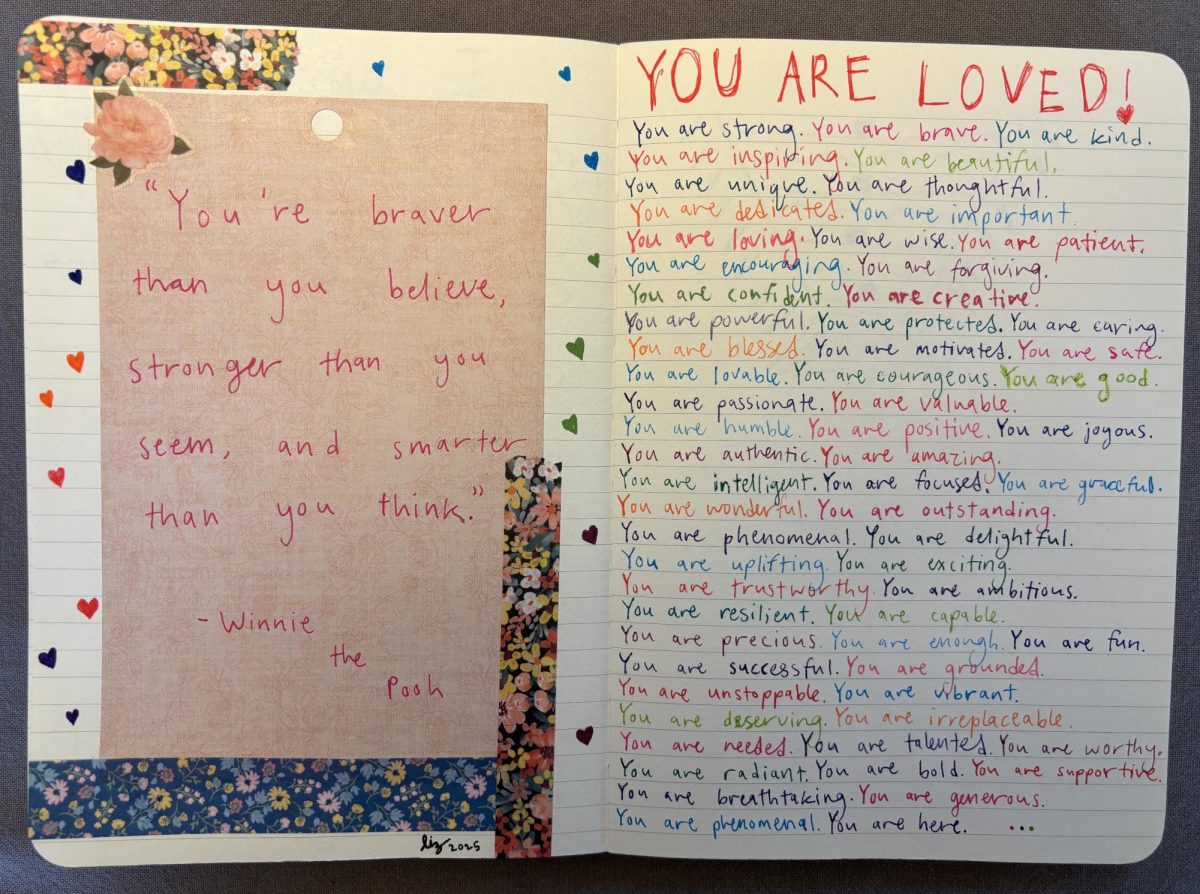


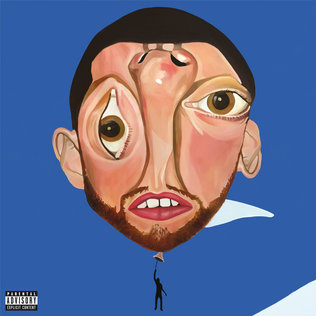

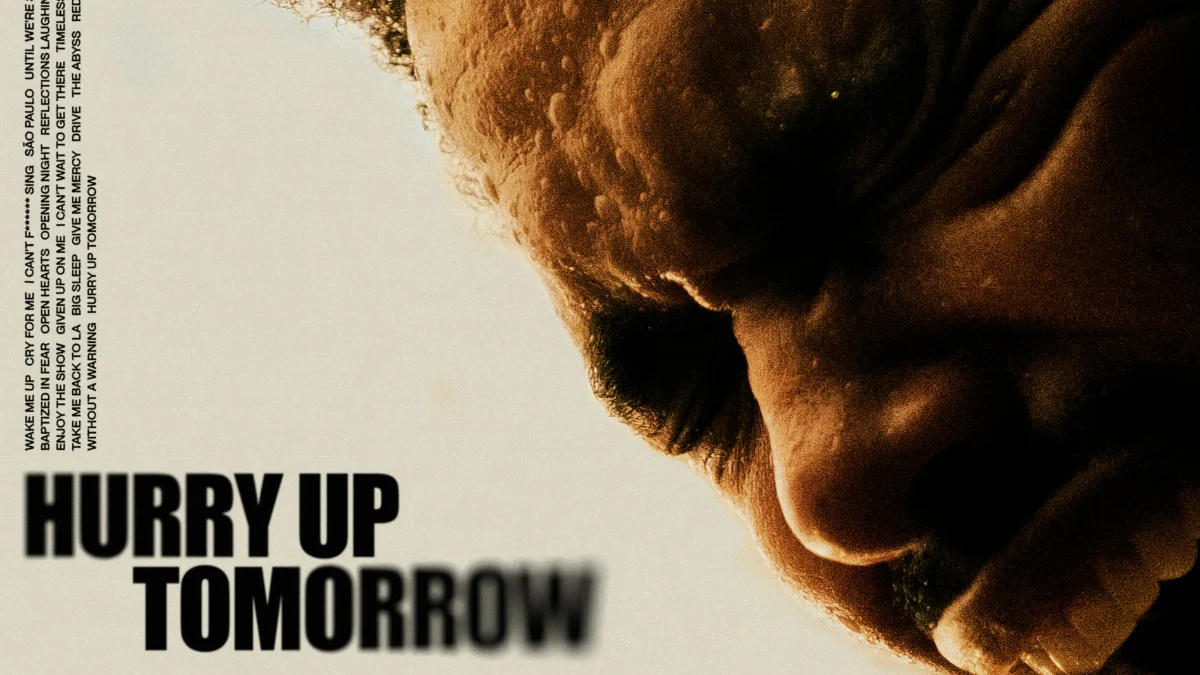






![Teacher Lore: Mr. Entzion [Podcast]](https://bsmknighterrant.org/wp-content/uploads/2025/03/teacherlorelogo-1200x685.png)



